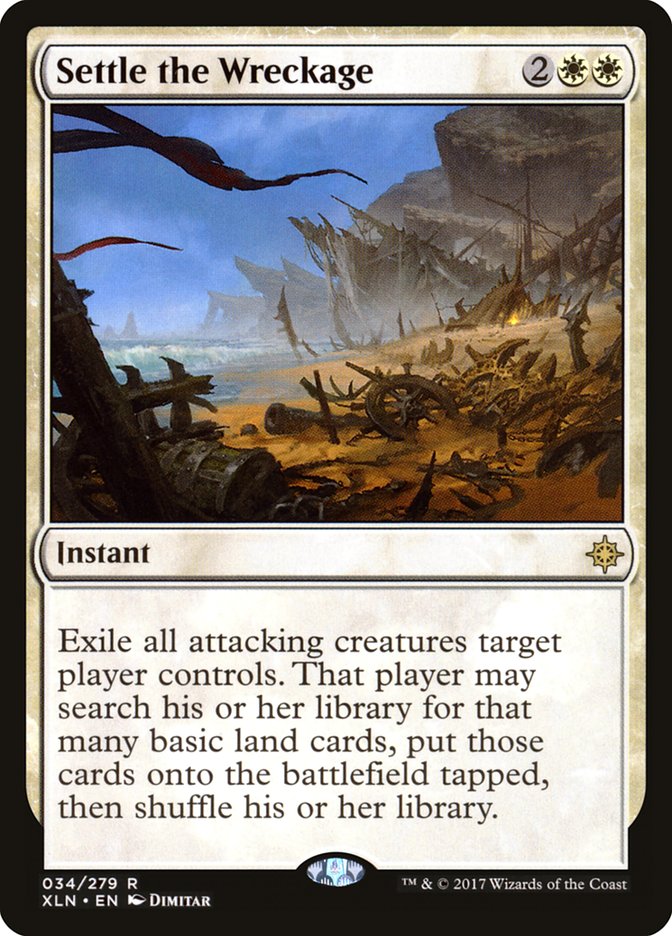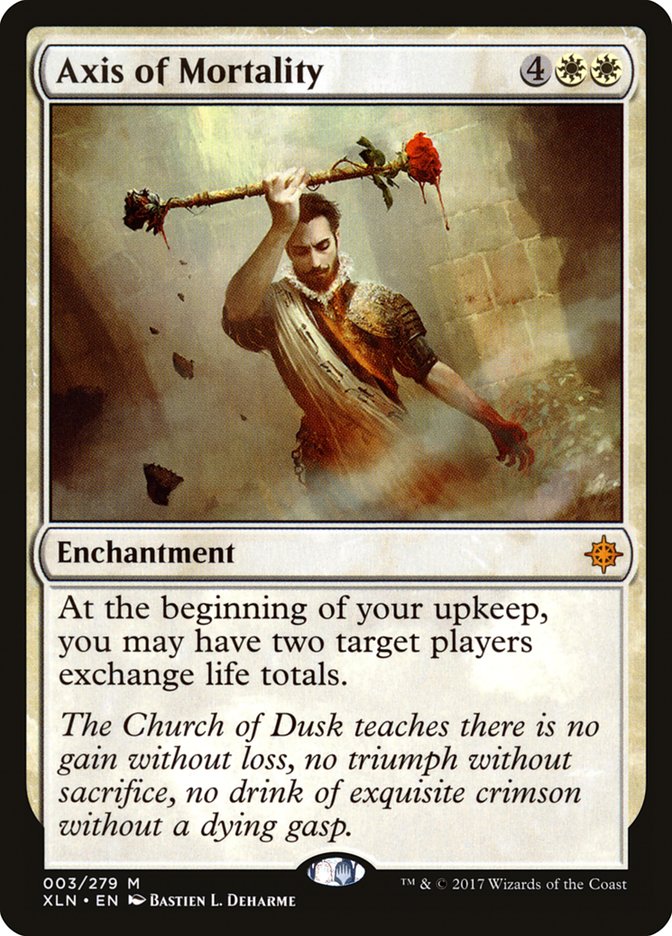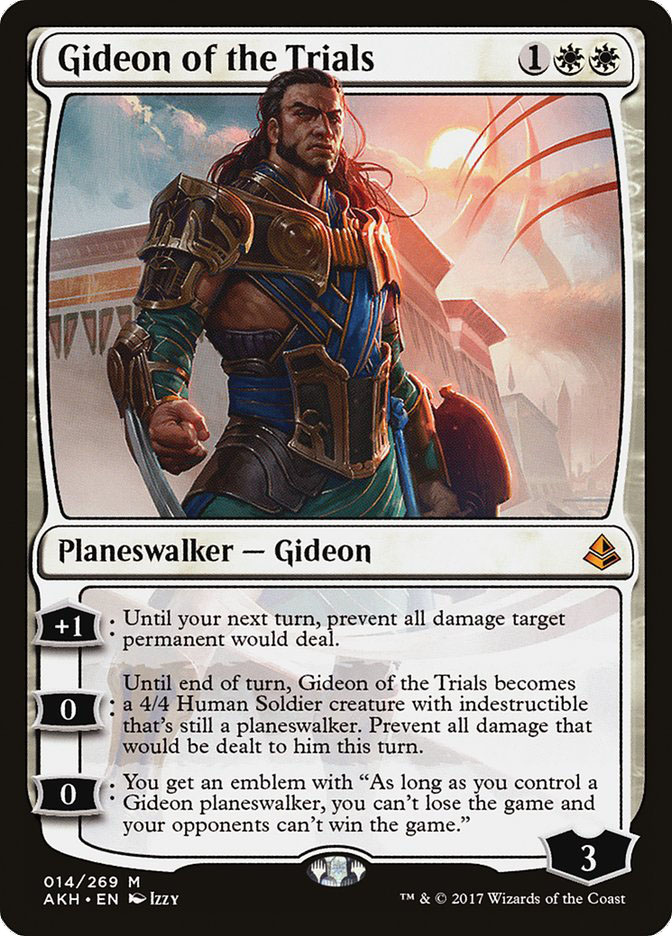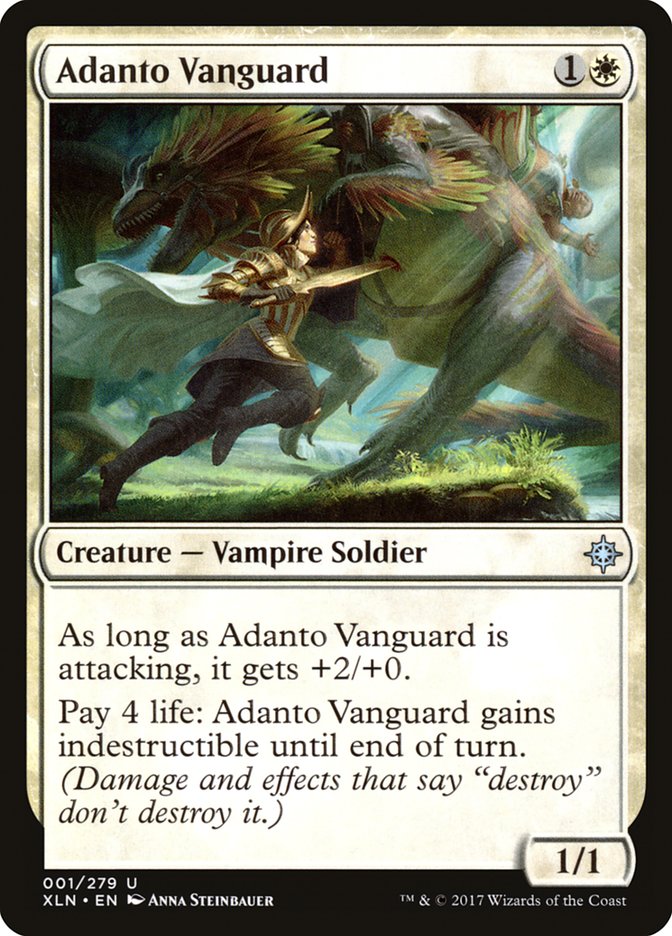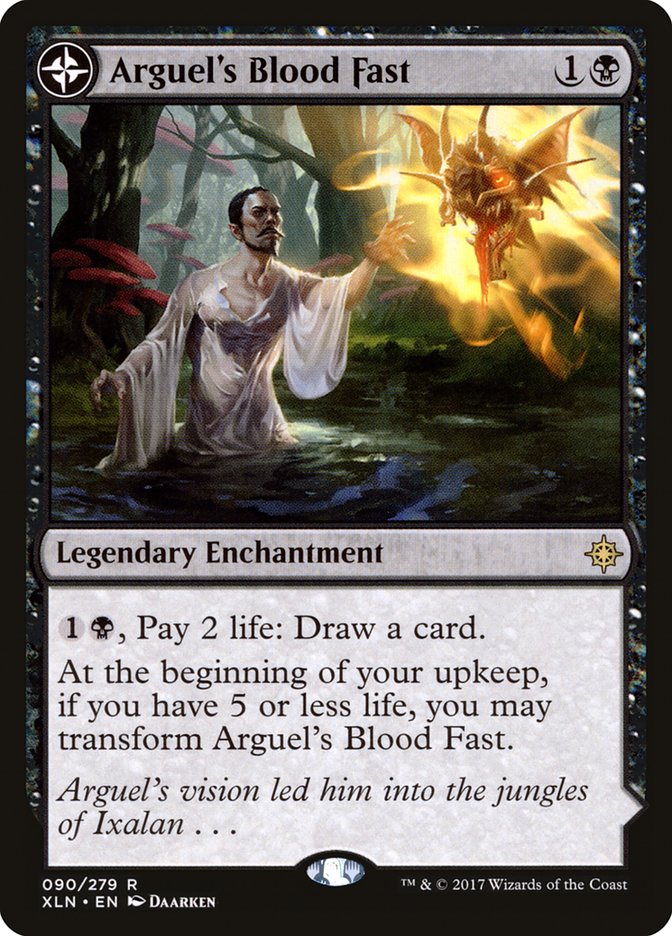In the shadow of an uncertain format, it’s tempting to reach in your bag and pull out a deck you’ve already built, something that ultimately survived rotation. Don’t worry; lots of players do it, including some of Magic’s brightest and most innovative.
Anyone watching coverage of #SCGDFW or playing in their local events this past weekend could see that these two cards will likely change the way we cast spells and attack. Settle the Wreckage is a combination of Aetherize and Path to Exile, and while it can potentially provide your opponent (or yourself, if you’re crafty) a lot of mana, its power provides decks like Jim Davis’s U/W Approach list a necessary answer to haymakers like Glorybringer and Hazoret the Fervent.
Hostage Taker, on the other hand, is in a league of its own: for decks that produce more than the bare minimum of lands, Hostage Taker is Control Magic and Master Thief combined, all stapled to a relevant creature type. Together, these two made a significant impact in their respective archetypes.
And that’s about it. The only two decks in the Top 64 of #SCGDFW that had significant Ixalan themes were tribal in nature, which is to be expected: Alex Fann’s Dinosaur list and Jack Kiefer’s white and, surprisingly, green Vampires deck. These exciting innovations were featured in a couple of on-camera matches, and both looked thrilling to pilot.
Tribal decks are trickier than they look to create: the card choices are usually linear, but the quantity, combination of removal, and color producers are not so props to both of these deckbuilders, pilots, and their contributors. To pilot both of these relatively new decks is a testament to their dedication to theme and plan. Good job!
So for the rest of us, what’s our excuse? By now, Ixalan has been out of Prerelease for almost a fortnight and has been on sale for a week. Card availability is less than an issue, and I’m betting a lot of you have drafted the set a time or two. That’s all good enough, so let’s dive in and check out some quality cards.
Okay, so maybe “quality” is a bit subjective.
Axis of Mortality is a splashy mythic with awesome art and all the flavor to go along with it. The dichotomy of life and death playing off each other is fun. Where life is truly quantitative, this card pushes that abstraction to extremes.
Soul Conduit allowed a player, for a lot of mana, to change those totals on demand. This effectively does the same thing (just without the pay-at-upkeep effect), and it’s on-color with its enabler, an already-powerful card that’s only gotten better since the rotation of its alter ego.
Gideon of the Trials is the Gideon to get. Ever since his older version rotated, Gideon of the Trials has been one of only a couple of planeswalkers that’s gotten a big boost in the format. While his +1 can keep you safe from a singular threat and his first zero ability makes him a singular threat, his second zero is a novelty, providing with you an emblem with no additional effect in multiples that doesn’t win you the game; it just prevents you from losing the game.
Until now.
Ixalan’s Vampires are a little different from their past kin, paying for their abilities in blood as often as mana. They draw the life out of their enemies instead, and here the life total you’ll be draining to death is your own.
Seem risky enough for you?
Fangs out!
Creatures (13)
- 2 Kambal, Consul of Allocation
- 4 Glint-Sleeve Siphoner
- 2 Mavren Fein, Dusk Apostle
- 1 Vona, Butcher of Magan
- 4 Adanto Vanguard
Planeswalkers (4)
Lands (25)
Spells (18)

The deck has several congruent lines of attack, whether you decide to get aggressive by attacking with 3/1s that your opponent can’t kill or by lining up favorable planeswalker plays. You can gain and lose life fairly freely; if you’re moving in on an Axis of Mortality kill, you can make your life total tiny (or negative, if you’ve taken lethal with Gideon of the Trials and its emblem); then, in response to the upkeep trigger, pay as much life as you need and let the swap resolve.
Adanto Vanguard and Glint-Sleeve Siphoner each have relevant effects that cost life. Gonti’s Machinations plays along with that theme, too, providing energy for either the Siphoner or Aether Hub, letting you add another resource to your retinue. Arguel’s Blood Fast is an effective Turn 2 play, letting you keep open one-mana spells and a draw spell.
The targeted discard in the deck, like Harsh Scrutiny or potentially Duress out of the sideboard, helps you capitalize on your powerful card advantage. Kambal, Consul of Allocation, who surprisingly has seen almost no play after its release, is a fun maindeck card, fighting off Ramunap Red and acting as an additional threat for control decks to counter.
In a recent draft, I pulled Vona, Butcher of Magan, and at least in a Limited environment, it felt unbeatable. It’s a reasonable fighter by itself, and the ability to tap and kill planeswalkers, enchantments, artifacts, or creatures is incredible. Seven life is a steep price, but a successful attack gives you four of that back. And, hey, Gideon, Martial Paragon gives you a boost in power and lets you do it twice!
The deck has a lot of options to work through, but together, they combine to make a fun and interesting deck that pulls a lot from Ixalan and, thus, fulfills our primary mission.
I love surprise wins as much as the next brewer, but we might want to aim something a bit more consistent.
Well, okay, maybe not.
Potentially one of the most-anticipated cards in Ixalan, Growing Rites of Itlimoc wants a deck that can benefit from Gaea’s Cradle on its flip side. Growing Rites of Itlimoc has a very high ceiling of potential, but without much play this past weekend, it might be easy to chalk the excitement of Growing Rites of Itlimoc up to hype. However, I think there are a couple of great options that already existed before Ixalan, plus some new options available in the latest set.
I think I see where we’re headed.
Creatures (31)
- 1 Oviya Pashiri, Sage Lifecrafter
- 4 Greenbelt Rampager
- 3 Rogue Refiner
- 4 Hidden Herbalists
- 1 Kefnet the Mindful
- 3 Rhonas the Indomitable
- 4 Old-Growth Dryads
- 3 Tishana, Voice of Thunder
- 4 Kumena's Speaker
- 4 Merfolk Branchwalker
Lands (21)
Spells (8)

Merfolk have been panned a bit for not being particularly powerful; they don’t gain life in combat, steal your opponent’s things, or stomp across the entire jungle to devour you. They just kind of are, I don’t know, hard to target and vaguely interact with +1/+1 counters, right?
Yet if you look at them independently, they’re pretty solid. Kumena’s Speaker and Merfolk Branchwalker are both playable in their own right or at least are easy enough to make good. Hidden Herbalists, while a reasonable Grizzly Bears, needs sufficient revolt triggers to be reliable enough to do what you want it to, which is to rebuild after a messy combat without losing tempo.
In a perfect world, this deck can do what it wants on Turn 3; one-drops on Turns 1 and 2, and on 3, you hit a pair of Hidden Herbalists and a Growing Rites of Itlimoc, hit a new creature, and flip into a Gaea’s Cradle. The deck is heavily banking on such a line of play, but even in the likely event that we don’t get that, we’re getting powerful green creatures with conditions that we don’t mind meeting. The deck still tops out at three, and if we do get an Itlimoc, Cradle of the Sun, we have great mana sinks like Rhonas the Indomitable, Kefnet the Mindful, and our single Oviya Pashiri, Sage Lifecrafter.
While these decks try out a couple of different themes, there’s still plenty to root up from the set’s interesting mythics, rares, uncommons and commons. As we get access to more and more copies of Ixalan’s prime cards, more options will open up to more minds. What’s your favorite new Ixalan card that didn’t see any play this past weekend, and do you think Ixalan has more to offer than tribal decks?



